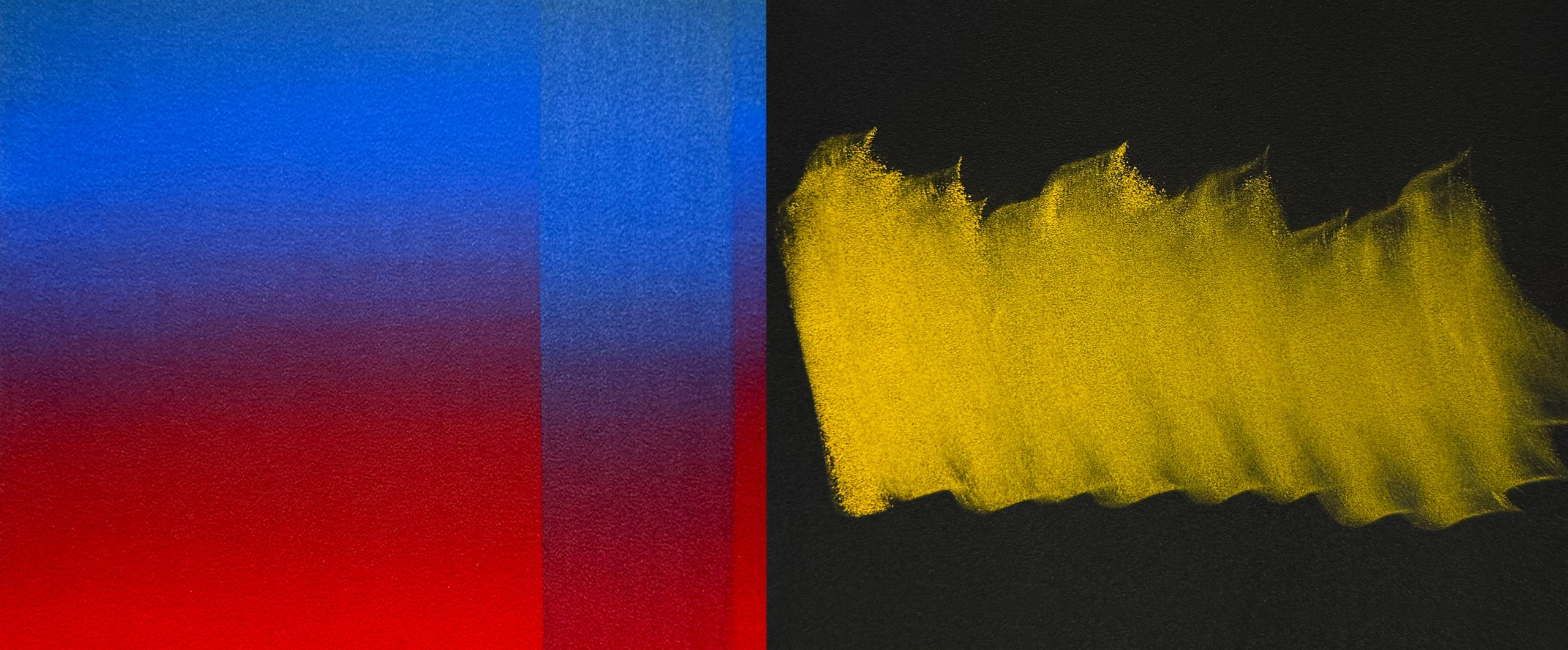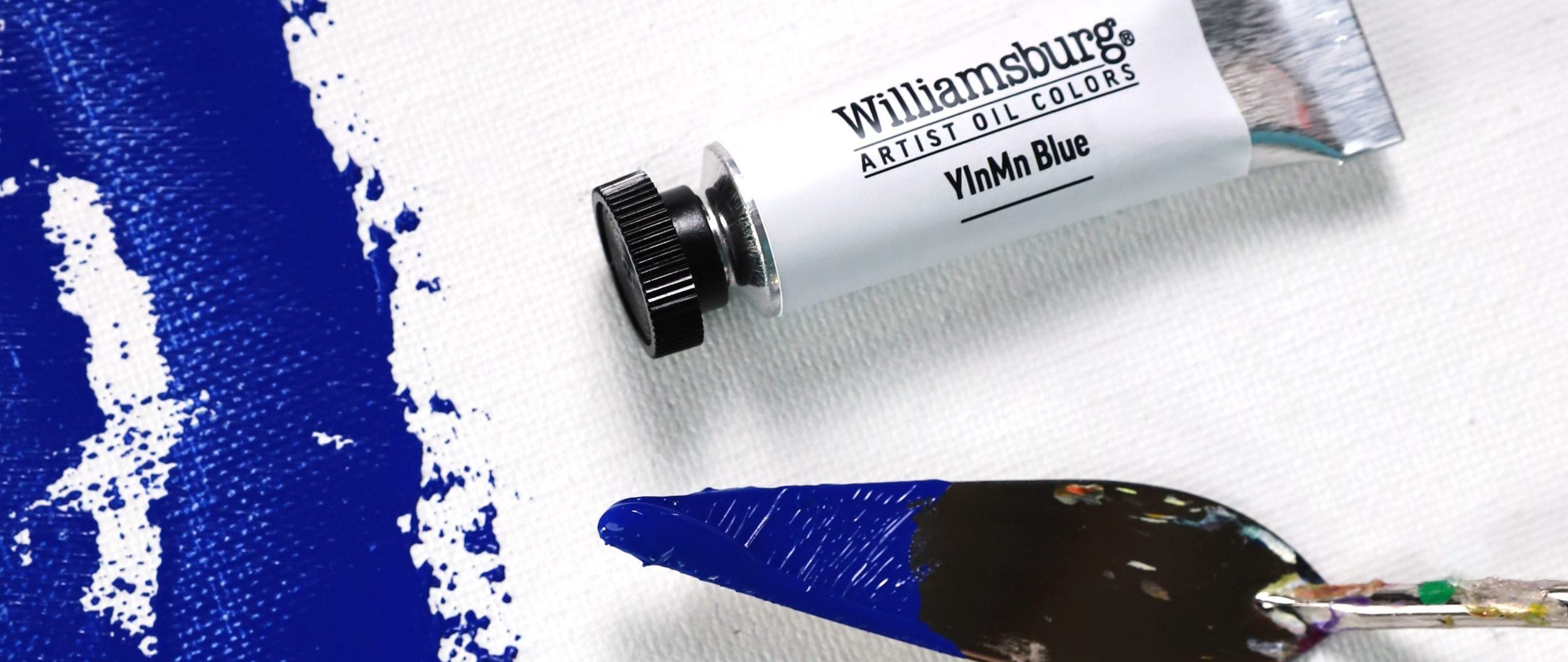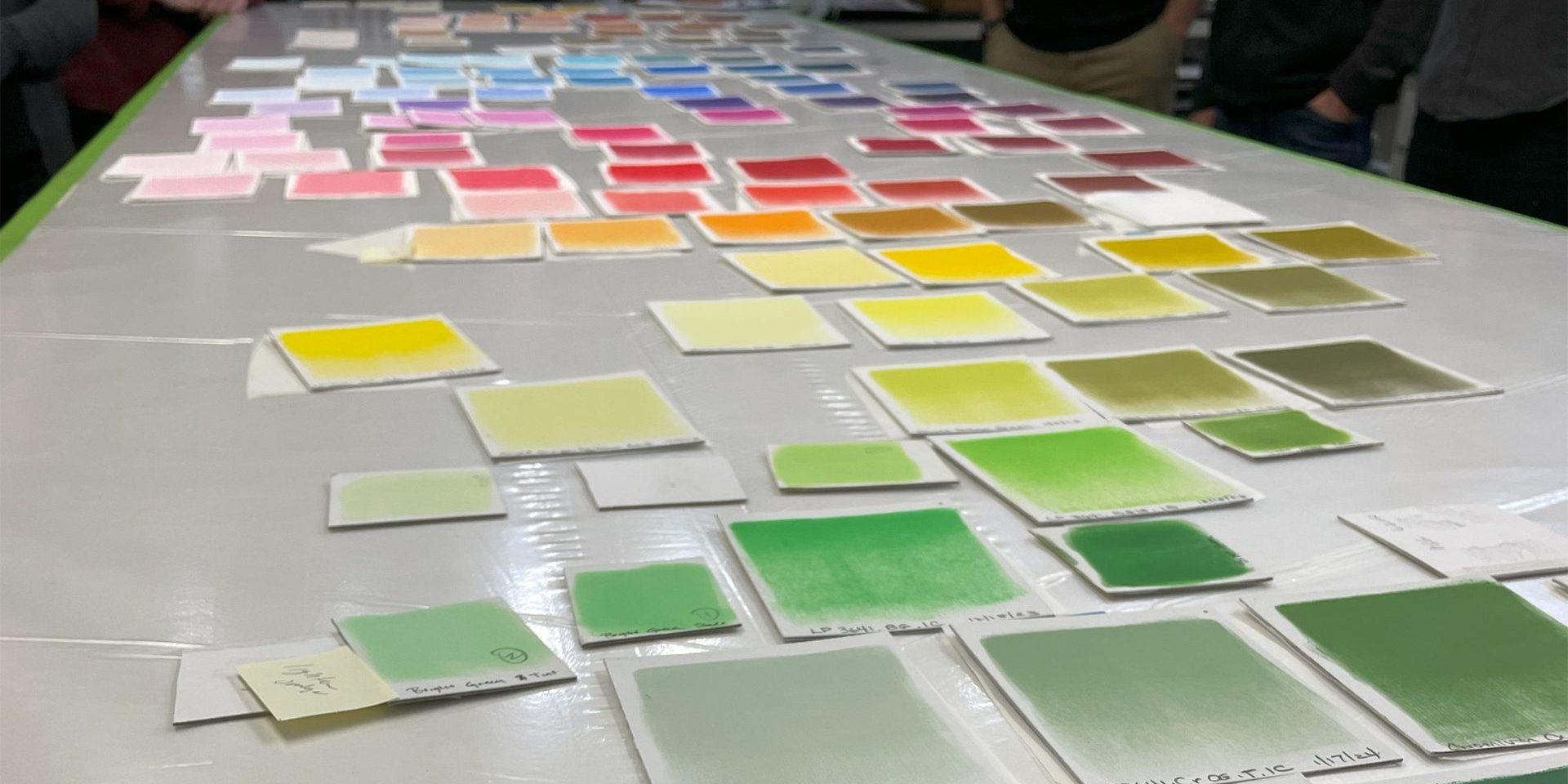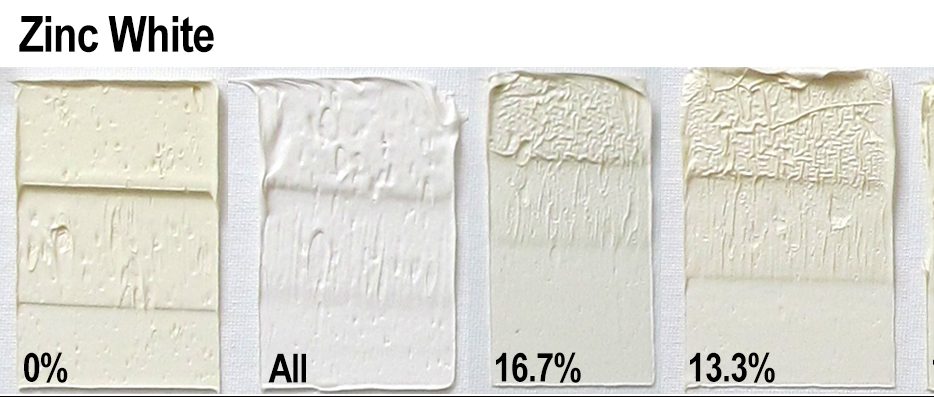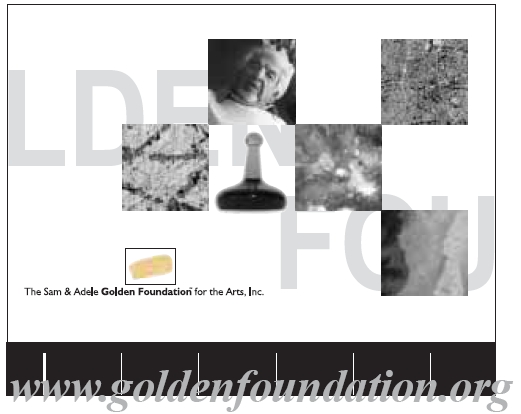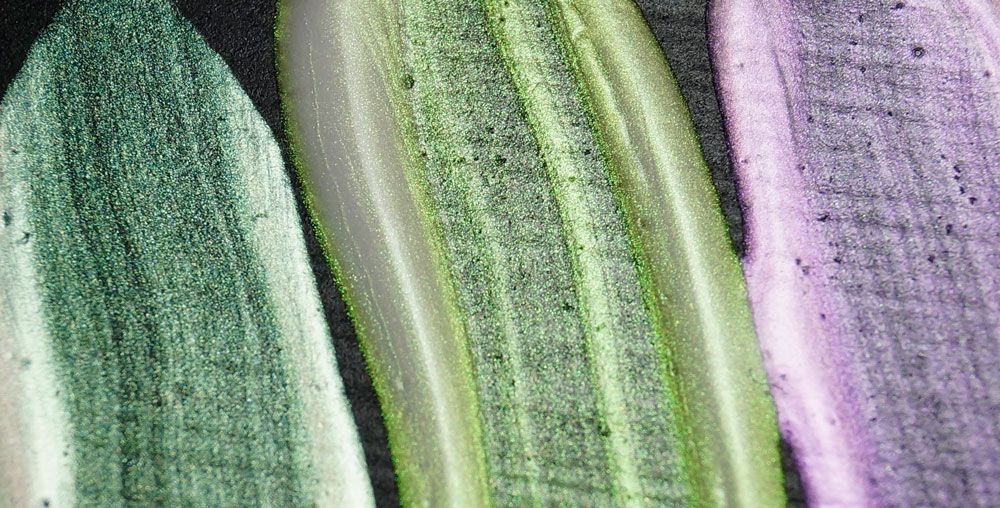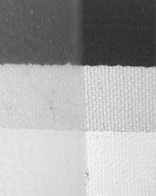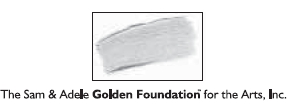
Our Community Responds, Appreciation for GOLDEN Service
Three awards have been bestowed upon Golden Artist Colors in the past month. The awards recognized Golden’s corporate contributions to the Arts, opportunities created by the company within the community, and the outstanding service of the director of the Golden Foundation. The New York State Art Teachers Association notified Mark


